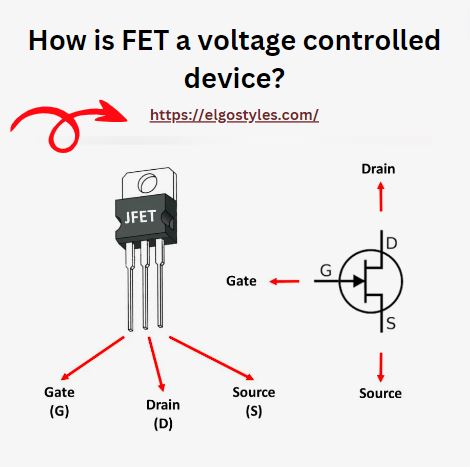Answer:
A Field-Effect Transistor (FET) is a voltage-controlled device as its operation is primarily governed by the voltage applied to the gate terminal.

Reasoning:
In an FET, the gate voltage establishes an electric field that controls the flow of charge carriers between the source and drain terminals. This voltage-induced field modulates the conductivity of the semiconductor channel, enabling precise control over the current flow.
FAQs:
Q: How does an FET work?
A: By applying a voltage to the gate, which controls the flow of current between the source and drain.
Q: What are the types of FETs?
A: Common types include MOSFETs (Metal-Oxide-Semiconductor FETs) and JFETs (Junction Field-Effect Transistors).
Q: Why is voltage control advantageous?
A: Voltage control allows for high input impedance, low power consumption, and efficient signal amplification.
Q: Are FETs unipolar or bipolar devices?
A: FETs are unipolar devices, relying on either electrons (N-channel) or holes (P-channel) for conduction.
Q: What is threshold voltage in FETs?
A: It’s the minimum gate voltage required to establish a conducting channel between the source and drain.
Q: Can FETs be used for switching applications?
A: Yes, FETs are widely employed in digital circuits for their fast switching capabilities.
Q: How does temperature affect FET performance?
A: Temperature can influence threshold voltage and impact overall FET characteristics.
Q: What is the difference between N-channel and P-channel FETs?
A: N-channel FETs use electrons for conduction, while P-channel FETs use holes.
Q: Are FETs more sensitive to static electricity than other transistors?
A: Yes, FETs can be more sensitive, and precautions are necessary to prevent damage.
Q: Can FETs be used in radio frequency (RF) applications?
A: Absolutely, FETs are commonly employed in RF amplifiers and mixers.
 Electrical Engineering World Wiring a Brighter Tomorrow!
Electrical Engineering World Wiring a Brighter Tomorrow!